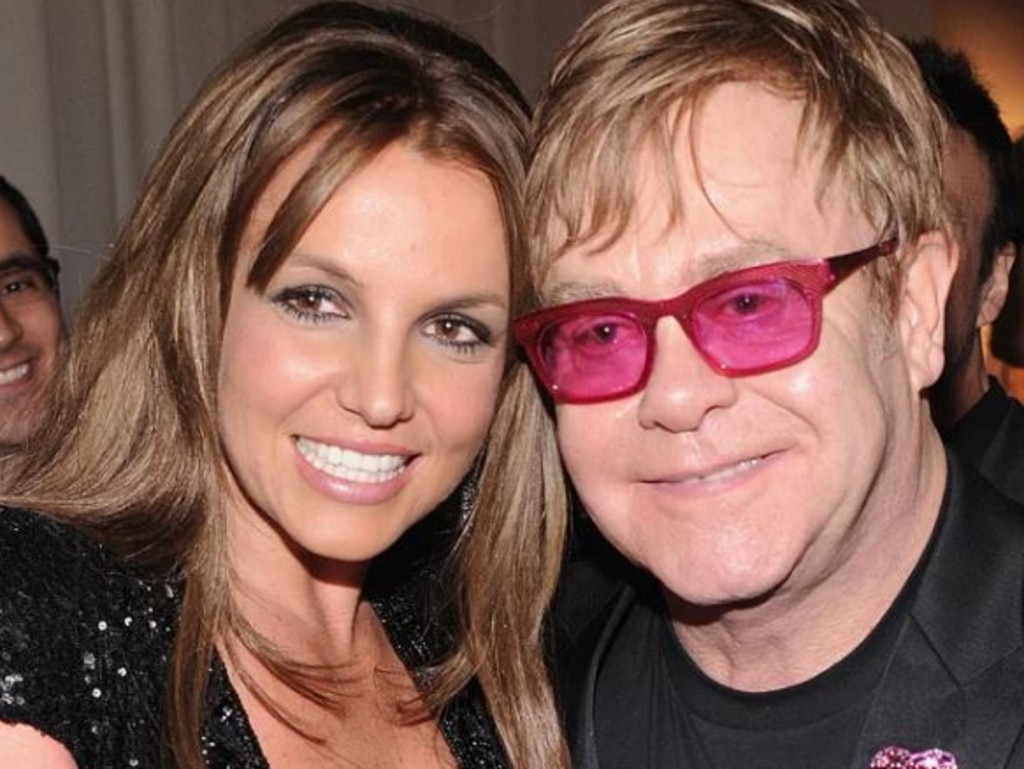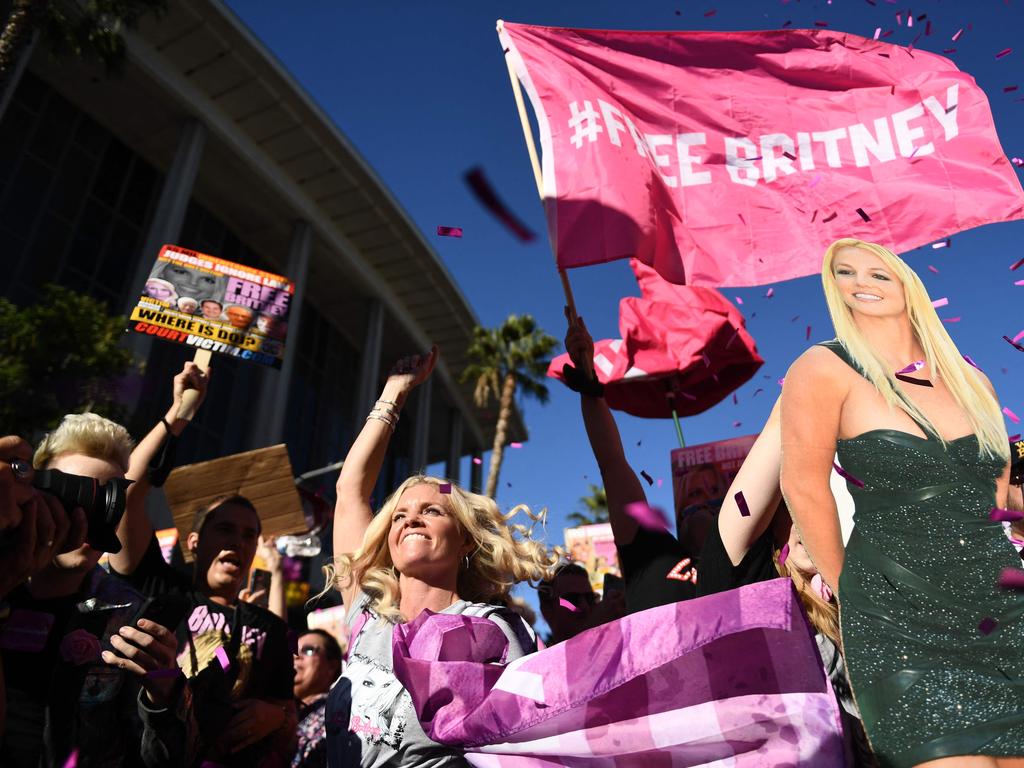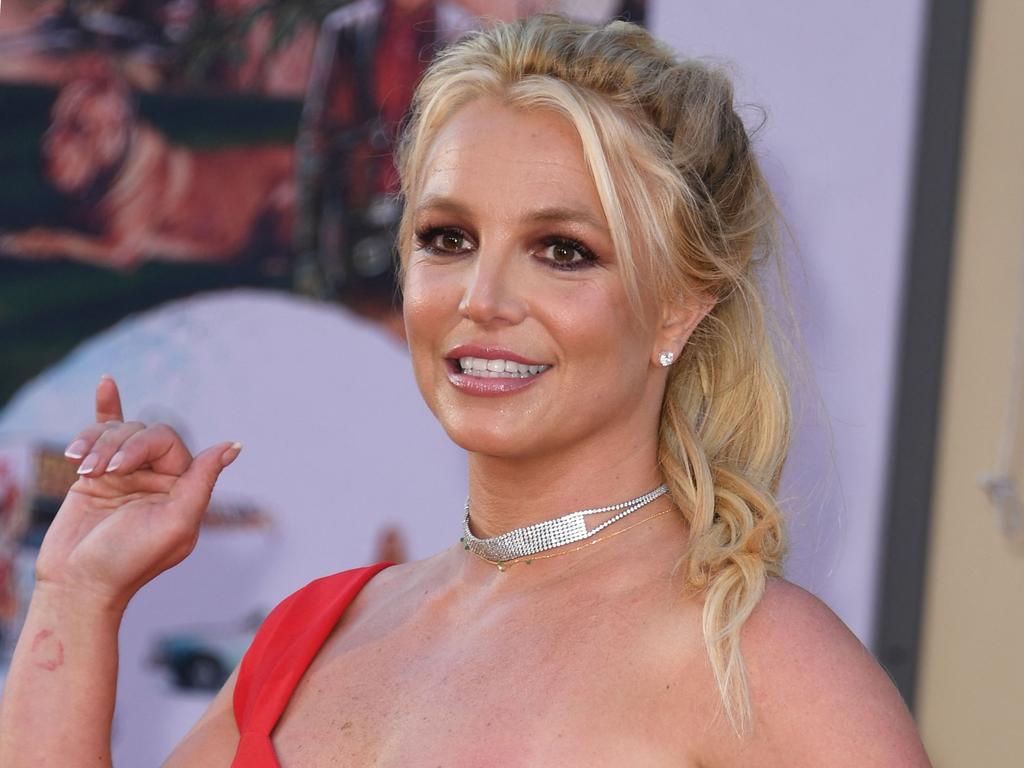The biggest artists can come undone when singing together
Singing a duet sounds simple enough, but even great artists have been brought undone when they decided to perform together.
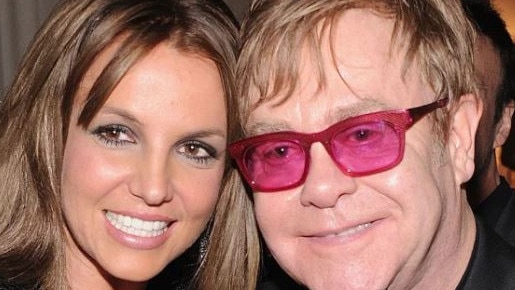
There are two things wrong with most duets: the songs and the singers. A week after the much celebrated release of Elton John and Britney Spears’s Hold Me Closer, it is worth noting that some of the greatest artists have been brought undone by the lowest common denominator trade-off when artists share a musical moment.
It’s hard to think how you could go wrong with Paul McCartney and Stevie Wonder together in a song – until you’re told they’ll be McCartney’s words. The music of Ebony and Ivory is fine; most people could have made a charming song out of it. But McCartney, who seldom covers serious issues – until they are so grave he alone can fix it with a tune – generally messes things up with cliches and lazy lyrics. That’s Ebony and Ivory. It’s all black and white suits and monochrome ivories – and, pointedly, a minority of just 36 black keys. Wonder sits on one. Yeah, Paul, we get it. Maybe McCartney should have given this to his friend Michael Jackson, who that same year – 1982 – was big and perhaps the only artist who could have billed himself as both black and white.
Soon after, McCartney and Jackson worked on the duet The Girl is Mine. It’s such bollocks that even gifted producer Quincy Jones was unable to rescue things. It was universally accepted as the weak link of Thriller, the biggest selling album of all time, and Jackson never performed it live.
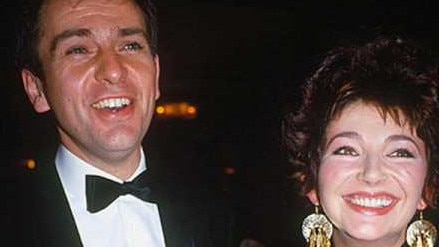
Our own Ernie Sigley did a lot of singing for a bloke who was bad at it. A radio and television star for decades, he was at the peak of his celebrity in 1974 when he teamed up with TV sidekick Denise Drysdale for a lifeless remake of the unintentionally bleak 1963 hit Hey Paula. A few years ago I had Sigley sign a copy of it for me as proof it had really happened. But Ernie’s version unquestionably captured the hopes and fears of a generation: the hope they would never hear the song again, and the fear that they might.
Others to tarnish towering reputations with a duet were Clint Eastwood and Lee Marvin. Who knew they could sing? Nobody. They can’t. But they came together for the song Best Things in the movie Paint Your Wagon in 1969 and the result is beyond parody.
Celine Dion can sing, if you lean towards that sort of neurotic caterwauling, but she lacks judgment. Listen to her perform If I Can Dream with the ghost of Elvis. Dead Presley wins hands down.
In any case, that from-beyond-the-grave genre should have been read its last rites long before Bono the clown shouted out “Me too!” His duet with Frank Sinatra on I’ve Got You Under My Skin makes your flesh creep.
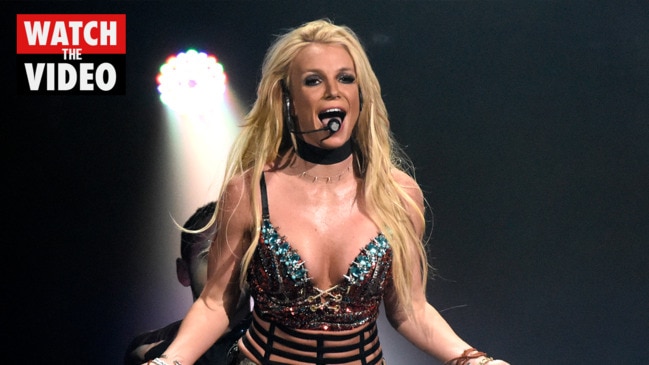
And what about the cheesily unpleasant duet Sweet Loving Friends that Dolly Parton shares with Sylvester Stallone? If you’ve heard a worse song, please keep it to yourself.
Who knows where William Shatner has boldly gone, but he has been there badly often enough – mostly tongue in cheek. His 1978 spoken-word version of Elton John’s Rocket Man is amusing to a point, but the fun runs out when a shadow Shatner joins in for the second half.
Then there are the duets that work because the right artists are combined with a great song: Don’t Give Up (Peter Gabriel and Kate Bush), Up Where We Belong (Joe Cocker and Jennifer Warnes), Don’t You Want Me (Human League), On My Own (Patti Labelle and Michael McDonald – writer Burt Bacharach’s favourite performance), Knew You Were Waiting (Aretha Franklin and George Michael) and Endless Love (Diana Ross and Lionel Richie).
In the mid-1950s, Ella Fitzgerald and Louis Armstrong turned the duet into a jazz art form across three still esteemed albums – Ella and Louis, Ella and Louis Again, and Porgy and Bess – and performed together in acclaimed shows at the Hollywood Bowl.
A decade later, Tammi Terrell and Marvin Gaye did the same on a sadly short run of excellent singles starting with Ain’t No Mountain High Enough. It had been written by husband-and-wife team Nickolas Ashford and Valerie Simpson who, as Ashford & Simpson, had the hit duet Solid in 1985. It is almost lost now that it was Terrell who dragged Gaye on to the stage. Already popular, Gaye was a reluctant performer. The pairing was perfect, but on October 14, 1967, Terrell – who’d suffered migraines for years – collapsed into Gaye’s arms on stage in Farmville, Virginia, as they performed the hit Your Precious Love. Terrell, 22, was diagnosed with the brain cancer that would soon claim her life.
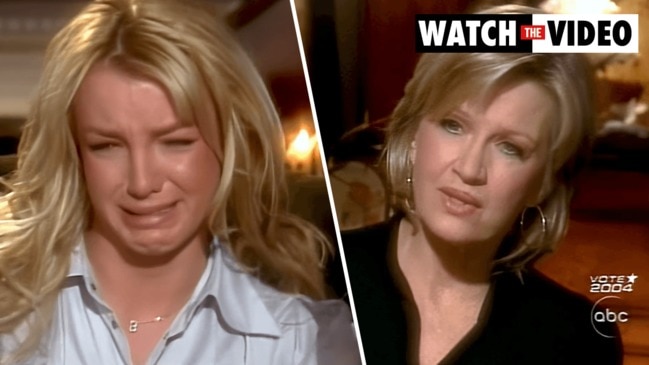
Magic can happen without explanation as it did in Montreux in 1981. Queen was there recording the flat songs that would form the dull album Hot Space. If the band’s tribute to the recently murdered John Lennon, the embarrassing Life is Real, is any guide, they’d run out of interest, inspiration and ideas. So they were delighted when David Bowie, working in the studio next door, dropped by. The band’s clever drummer Roger Taylor had one idea, but it remained a work in progress provisionally called Feel Like. Bowie heard bassist John Deacon play a compelling seven-note phrase to which he suggested a minor change. Freddie Mercury had a few nonsense lyrics for Feel Like and had scatted over the rest. As the new song, Under Pressure, took shape, he scatted over the first few bars – it had no lyrics – and then kept scatting until words were sorted out, but many of his nonsense words remained.
The result was a masterpiece in rock music, an indivisible duet that works perfectly, and indeed can sound unwieldy sung solo. Nonetheless, Queen played it every night from then until the band’s final show in 1986. Bowie didn’t until he sang it in 1992 at the Freddie Mercury tribute concert with Annie Lennox. He later included it in his shows until the end of his life.


